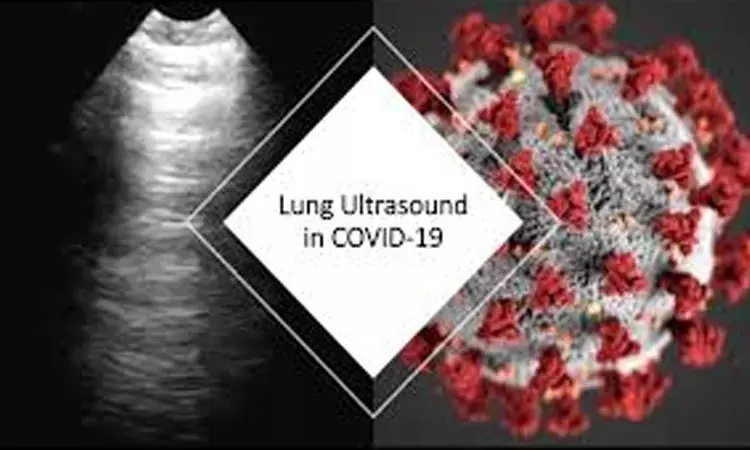- Home
- Medical news & Guidelines
- Anesthesiology
- Cardiology and CTVS
- Critical Care
- Dentistry
- Dermatology
- Diabetes and Endocrinology
- ENT
- Gastroenterology
- Medicine
- Nephrology
- Neurology
- Obstretics-Gynaecology
- Oncology
- Ophthalmology
- Orthopaedics
- Pediatrics-Neonatology
- Psychiatry
- Pulmonology
- Radiology
- Surgery
- Urology
- Laboratory Medicine
- Diet
- Nursing
- Paramedical
- Physiotherapy
- Health news
- Fact Check
- Bone Health Fact Check
- Brain Health Fact Check
- Cancer Related Fact Check
- Child Care Fact Check
- Dental and oral health fact check
- Diabetes and metabolic health fact check
- Diet and Nutrition Fact Check
- Eye and ENT Care Fact Check
- Fitness fact check
- Gut health fact check
- Heart health fact check
- Kidney health fact check
- Medical education fact check
- Men's health fact check
- Respiratory fact check
- Skin and hair care fact check
- Vaccine and Immunization fact check
- Women's health fact check
- AYUSH
- State News
- Andaman and Nicobar Islands
- Andhra Pradesh
- Arunachal Pradesh
- Assam
- Bihar
- Chandigarh
- Chattisgarh
- Dadra and Nagar Haveli
- Daman and Diu
- Delhi
- Goa
- Gujarat
- Haryana
- Himachal Pradesh
- Jammu & Kashmir
- Jharkhand
- Karnataka
- Kerala
- Ladakh
- Lakshadweep
- Madhya Pradesh
- Maharashtra
- Manipur
- Meghalaya
- Mizoram
- Nagaland
- Odisha
- Puducherry
- Punjab
- Rajasthan
- Sikkim
- Tamil Nadu
- Telangana
- Tripura
- Uttar Pradesh
- Uttrakhand
- West Bengal
- Medical Education
- Industry
Lung ultrasound with patients'characteristics can accurately identify COVID-19 pneumonia

Italy: Lung ultrasound (LUS) patterns of probability together with clinical phenotypes at presentation can help in rapid identification of patients with or without COVID-19 pneumonia at bedside with high accuracy, a recent study has revealed.
According to the study, published in the journal Intensive Care Medicine, this approach can expedite and support management of patients during a pandemic surge.
Giovanni Volpicelli and Luna Gargani from Italy, aimed analyze the application of a LUS-based diagnostic approach to patients suspected of COVID-19, combining the LUS likelihood of COVID-19 pneumonia with patient's symptoms and clinical history.
For the purpose, the researchers performed an international multicenter observational study in 20 US and European hospitals. Testing of suspected COVID-19 patients was done using transcription-polymerase chain reaction (RT-PCR) swab test and they also underwent LUS examination.
The researcher identified three clinical phenotypes based on pre-existing chronic diseases (mixed phenotype), and on the presence (severe phenotype) or absence (mild phenotype) of signs and/or symptoms of respiratory failure at presentation. LUS likelihood of COVID-19 pneumonia was defined according to four different patterns: high (HighLUS), intermediate (IntLUS), alternative (AltLUS), and low (LowLUS) probability. The combination of patterns and phenotypes with RT-PCR results was described and analyzed.
Key findings of the study include:
- 1462 patients, classified in mild (n = 400), severe (n = 727), and mixed (n = 335) phenotypes were studied.
- HighLUS and IntLUS showed an overall sensitivity of 90.2% in identifying patients with positive RT-PCR, with higher values in the mixed (94.7%) and severe phenotype (97.1%), and even higher in those patients with objective respiratory failure (99.3%).
- The HighLUS showed a specificity of 88.8% that was higher in the mild phenotype.
- At multivariate analysis, the HighLUS was a strong independent predictor of RT-PCR positivity (odds ratio 4.2).
"In patients suspected for COVID-19, lung ultrasound patterns of probability integrated with patients' characteristics allow to rule in or rule out COVID-19 pneumonia at bedside with high accuracy, according to the different clinical phenotypes," wrote the authors. "This approach could support and expedite patients' management during a pandemic surge."
Reference:
The study titled, "Lung ultrasound for the early diagnosis of COVID-19 pneumonia: an international multicenter study," is published in the journal Intensive Care Medicine.
DOI: https://link.springer.com/article/10.1007/s00134-021-06373-7
Dr Kamal Kant Kohli-MBBS, DTCD- a chest specialist with more than 30 years of practice and a flair for writing clinical articles, Dr Kamal Kant Kohli joined Medical Dialogues as a Chief Editor of Medical News. Besides writing articles, as an editor, he proofreads and verifies all the medical content published on Medical Dialogues including those coming from journals, studies,medical conferences,guidelines etc. Email: drkohli@medicaldialogues.in. Contact no. 011-43720751


